The Complete Direct-to-Fabric Printing Process & Digital Textile Printer Recommendation
This blog explains step-by-step process involved in using inkjet direct-to-fabric printing machine. The process consists of four main steps: pre-treatment, design preparation, inkjet printing, and post-treatment.
Step 1 Pre-treatment
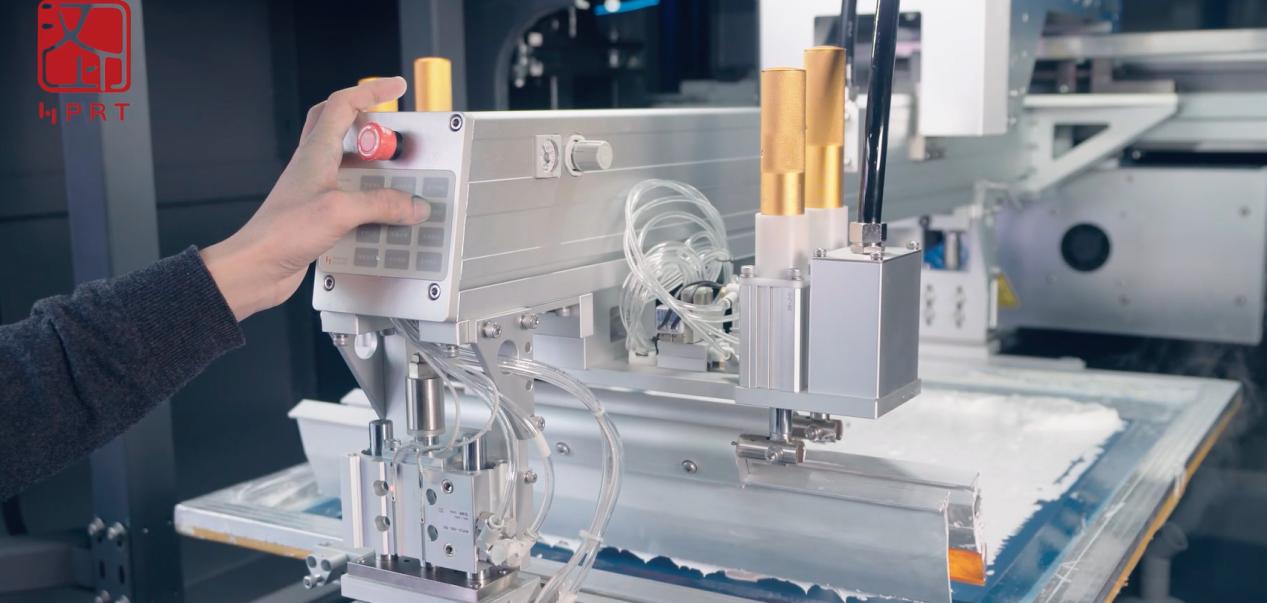
Before the fabric is printed, it needs to be pre-treated. This process involves applying a chemical coating to ensure that the ink adheres properly to the fabric.
The purpose and function of pre-treatment
1. The chemical coating can block the fiber capillary, which significantly reduces the capillary effect of the fiber, prevent the dye from printing on the surface of the fabric, and obtain a clear pattern.
2. The additives chemical can promote the combination of the dye and the fiber under the condition of humidity and heat, so as to obtain a certain color depth and color fastness.
3. After the fabric is sizing, it can effectively solve the problems of fabric curling and wrinkling, and improve the quality of the printed fabric. And it can prevent the nozzle from being damaged due to the uneven fabric and the raised part rubbing against the nozzle. And the fabric becomes stiff, which is convenient for the direct-to-fabric printer to feed the fabric.
Step 2 Design preparation
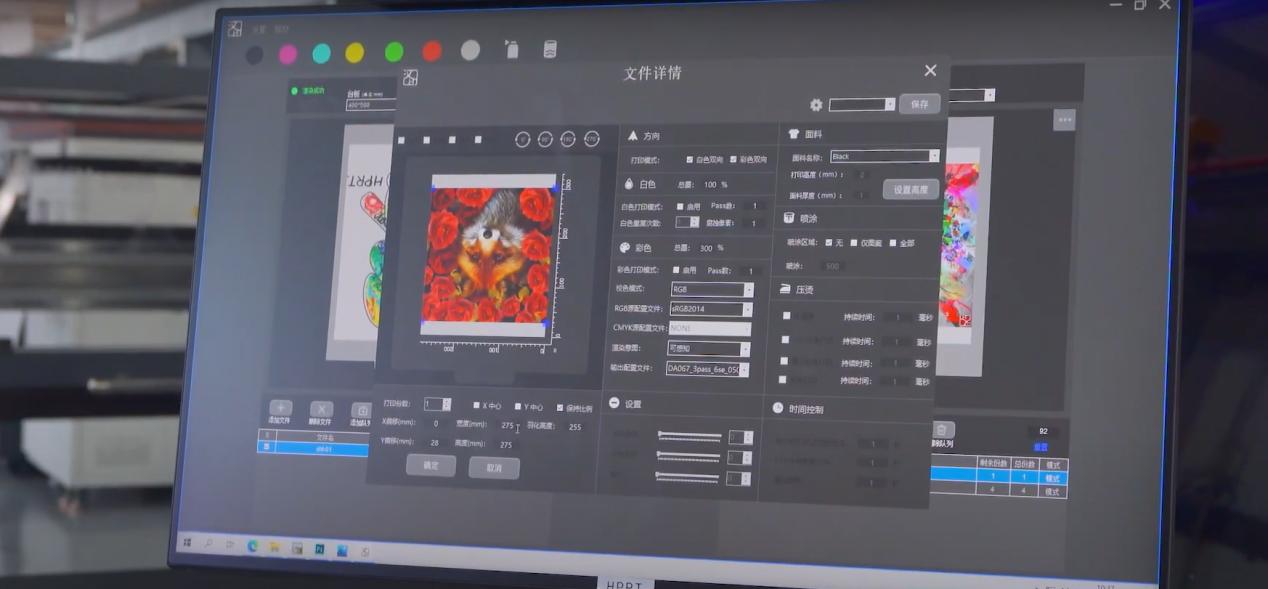
Design preparation is a crucial step in direct-to-fabric printing. The design to be printed must be in a digital file format that is compatible with the printing machine. And after the design is ready, it can be sent to the digital textile printer to print. Skilled designers and printing professionals are typically involved in this process to ensure that the final printed fabric meets the desired specifications.
Before printing the final design, it is often a good idea to test the design on a small piece of fabric to ensure that it will look as expected. This can help to catch any issues with color, placement, or special effects before committing to a full print run.
Step 3 Inkjet printing
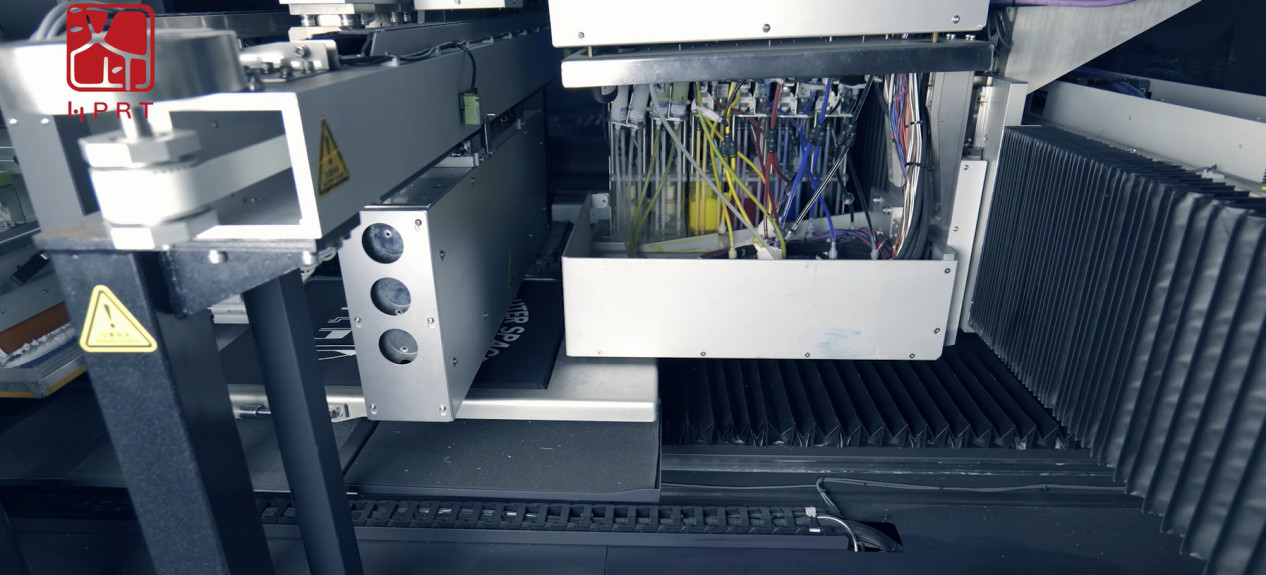
The coated fabric is then loaded into the digital fabric printer for printing using a special inkjet technology where the machine sprays ink or dye with tiny droplets as ordered by the design and software. A series of printheads pass back and forth across the fabric depositing droplets of ink in precise patterns and colors.
The main ink types are reactive ink, acid ink, dispersed ink, high-temperature dispersion ink, and pigment ink. And it should be noticed that different fabric materials should use different types of ink.
Reactive ink: cellulose fiber (cotton, hemp), cupro, silk, wool and other fabrics.
Acid ink: silk, nylon, wool and other fabrics.
Disperse ink/high-temperature dispersion ink: Polyester polyester fiber, acetate fiber, polyamide fabric
Pigment ink: most fabric materials
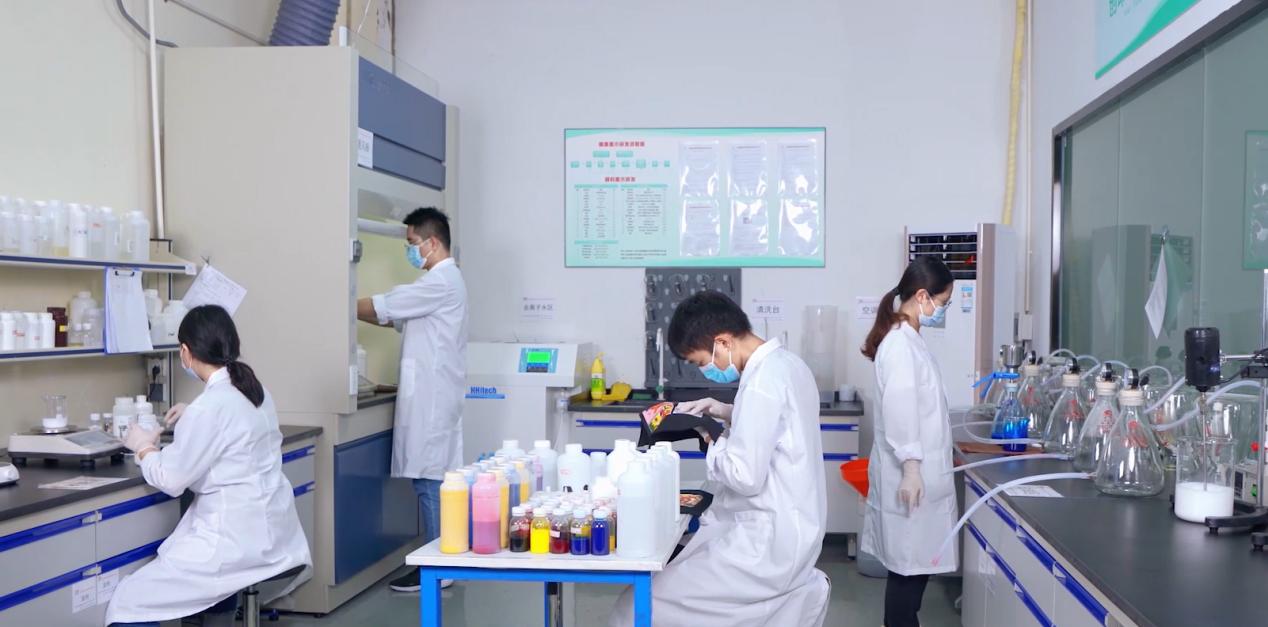
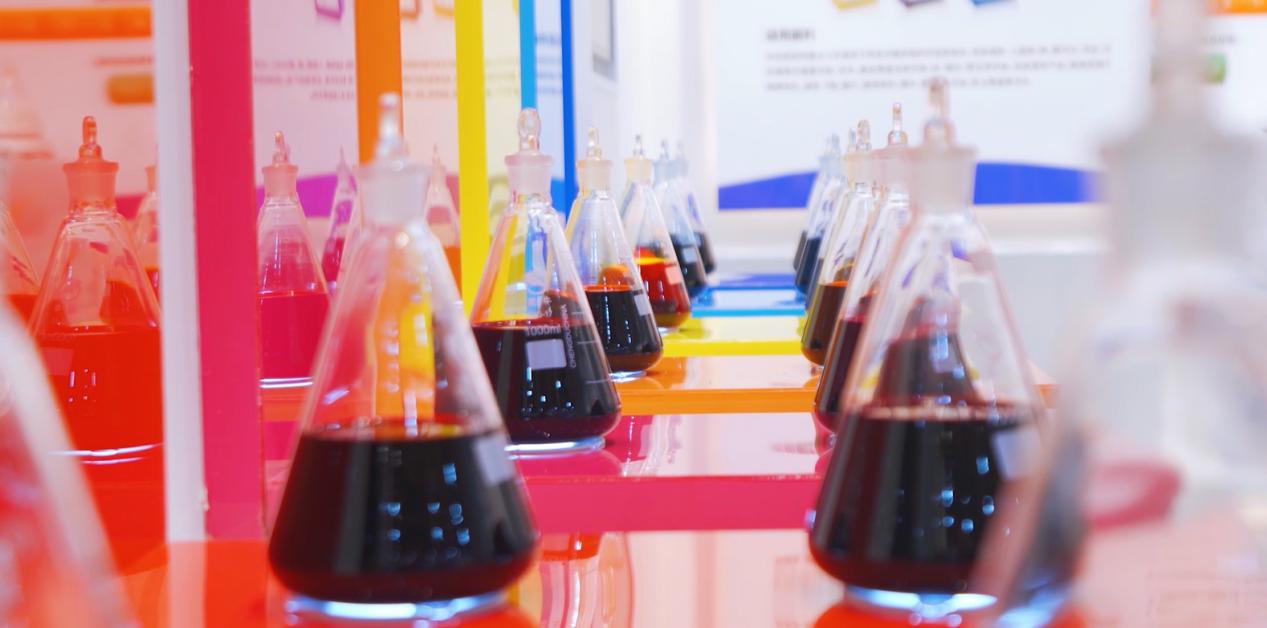
HPRT not only develops and manufactures digital fabric printers but also supplies ink for customers. HPRT’s ink R&D team consists of professional technicians using advanced R&D concepts, modes, and management systems. We can also customize ink for special performance requirements from customers.
Step 4 Post-treatment
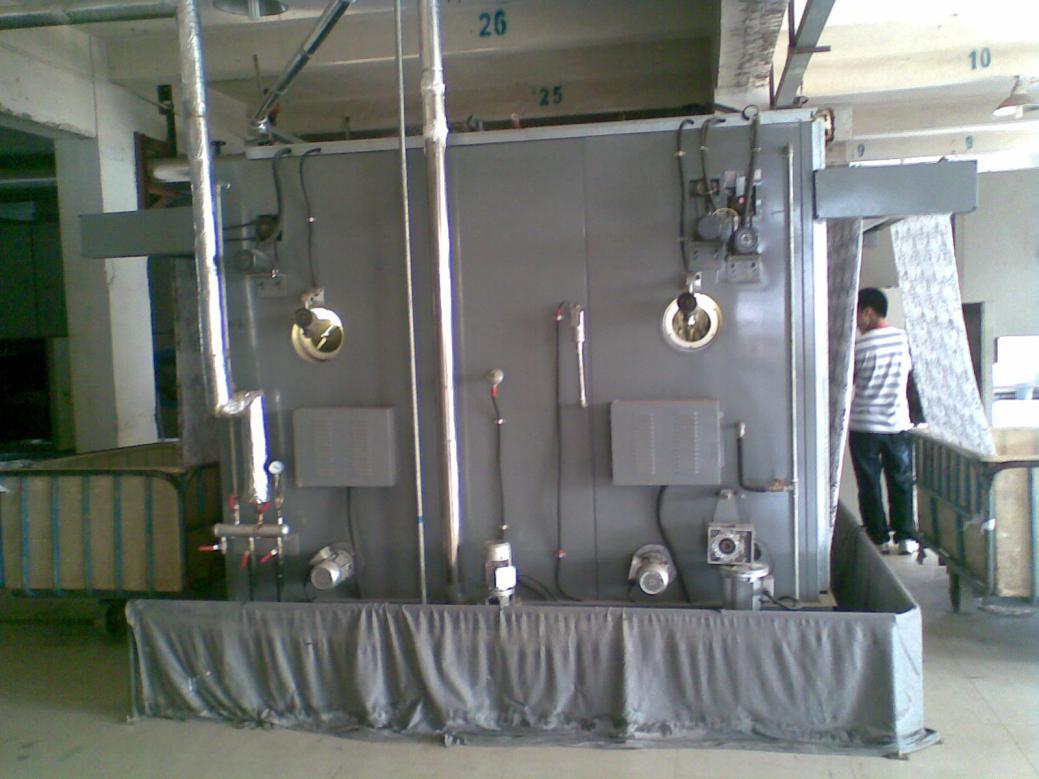
Post-treatment is an important final step in the direct-to-fabric printing process. Once the fabric is printed, it must be post-treated. The process typically involves steaming, washing, drying, and stretching.
Steaming involves exposing the fabric to high heat and humidity, which helps to bond the ink with the fabric fibers. This can be done using a specialized steaming machine. The steaming temperature is generally 102°C-105°C. The steaming time varies depending on the type of fabric.
For example, the steaming time for cotton fabric is generally 10min-15min. If the steaming time is too short, the color of the dye will be insufficient and the color will be lighter; If the steaming time is too long, the dye will be hydrolyzed and the color yield will decrease.
Washing removes any excess ink, pre-treatment chemicals, or other contaminants that may be on the fabric. Depending on the type of ink and fabric, the washing process may involve using water, detergents, or other solvents.
Drying and Stretching: Once the fabric has been washed and steamed, it must be dried to remove any excess moisture. This can be done using a specialized dryer or by hanging the fabric to air dry. It is important to ensure that the fabric is completely dry before it is used, as any remaining moisture can cause the ink to run or smudge. Stretching makes the width of the fabric consistent and improves the quality of the finished product.
Recommend product HPRT DA188S
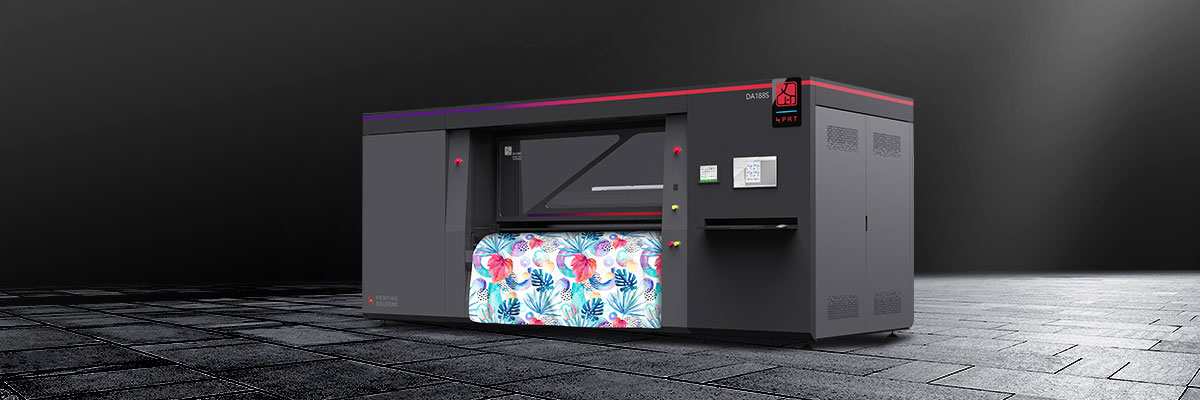
The HPRT DA188S is a high-speed conveying-belt direct-to-fabric digital textile printer that is designed for fast and efficient production of high-quality customized designs. Its industrial kyocera printheads enable a print speed of up to 1080 square meters per hour, which makes it ideal for fulfilling massive orders in a short period of time.
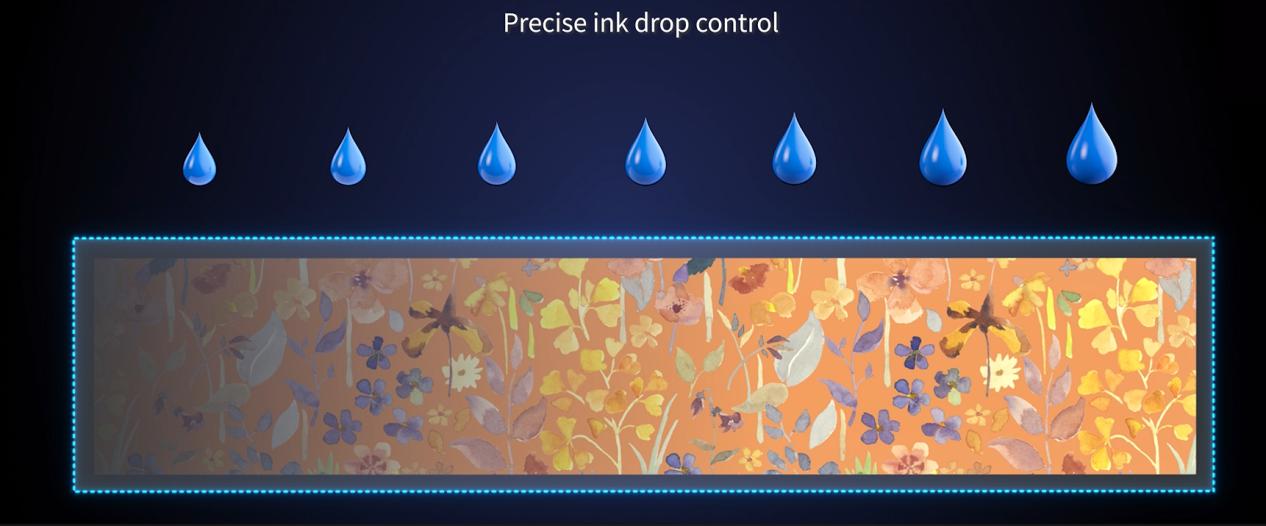
The printer also boasts high-definition printing capabilities, which are achieved through its unique driver design and ink supply system design. The printer can use various inks, including acid ink, reactive ink, high-temperature disperse ink, and water-based pigment ink, to produce clear, lifelike, and vivid print details.
Additionally, the HPRT DA188S Series printer is designed to be energy-saving and intelligent, with an automatic printhead cleaning system, moisturizing system, and automatic conveying-belt cleaning and maintenance system. These features make the operation and maintenance of the equipment easy, efficient, and cost-effective, allowing only one person to operate the machine.
Overall, the HPRT DA188S Series is a high-end machine to print on fabric that is suitable for businesses that require fast and high-quality printing capabilities.
Conclusion
Overall, direct-to-fabric printing machines are highly specialized digital fabric printers that require careful calibration and maintenance to achieve high-quality results. However, they offer a number of advantages over traditional fabric printing methods, including shorter turnaround time, lower setup costs, and the ability to print highly-detailed designs with multiple colors.








